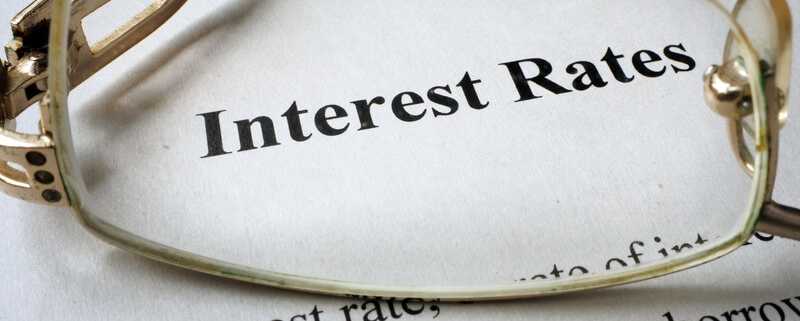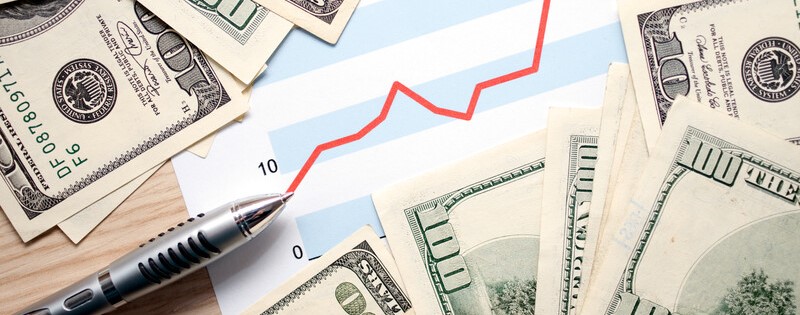A drumbeat for stagflation as a possible scenario for the US economy is growing louder.
Last week, strategists from the Bank of America wrote that the macroeconomic picture is “flipping from goldilocks to stagflation,” which they defined as growth below 2% and inflation of between 3% and 4%. Inflation is higher in developed and emerging markets, while the US labor market is “finally cracking,” wrote Michael Hartnett.
JPMorgan Chase’s Marko Kolanovic raised similar concerns in February. A halt in inflation’s downward trend, or price pressures broadly resurfacing “wouldn’t be a surprise” given outsized gains in equities, tight labor markets and high immigration and government spending, he said, according to Bloomberg.
Between 1967 to 1980, stock returns were nearly flat in nominal terms as inflation came in waves, with fixed-income investments significantly outperforming while stock returns were nearly flat in nominal terms. Kolanovic sees “many similarities to the current times.”
“We already had one wave of inflation, and questions started to appear whether a second wave can be avoided if policies and geopolitical developments stay on this course,” he said in his note, adding that inflation is likely to be harder to control as stock and cryptocurrency markets add trillions of dollars in paper wealth and quantitative tightening is offset by Treasury issuance.
Recent economic reports back up these analysts: The February Consumer Price Index came in at a higher-than-expected 3.2% year over year. Retail sales reported on Friday rose 0.6% from January to February, falling short of projections expecting 0.8% growth.
The Wall Street Journal highlighted these developments but ultimately dismissed the idea of stagflation taking hold in the US economy. So have the equity markets,
Barclays Plc strategist Emmanuel Cau wrote in a note that was reported in Bloomberg.
“With the Fed so far endorsing current market pricing of three cuts starting in June, investors continue to see the glass half full on the soft landing narrative,” he said.
This week the Federal Open Market Committee will meet and the minutes it releases will show how Fed officials’ thinking changed from recent bad data on inflation.
One sign doesn’t bode well for Fed watchers hoping for rate cuts to happen sooner than later.
More than two-thirds of academic economists polled by the Financial Times believe that the Federal Reserve will be forced to hold interest rates at a high level for longer than markets and central bankers anticipate. Respondents to the FT-Chicago Booth poll think the Fed will make two or fewer cuts this year with the most popular response for the timing of the first cut split between July and September.
“The Fed really wants to cut rates. All of the body language is about cutting. But the data is going to make it harder for them to do it,” Jason Furman, an economist at Harvard University, who was one of 38 respondents polled this month, told the FT. “I expect the last mile of inflation to prove quite stubborn.”
However, there is one viable theory for rates in June. Vincent Reinhart, a former Fed official who is now chief economist at Dreyfus and Mellon, told the FT that politics will play a role in the timing this year.
“The data say the best time to cut rates is September, but the politics say June,” said Reinhart, who did not participate in the poll. “You don’t want to start cuts that close to an election.”
Source: GlobeSt.









